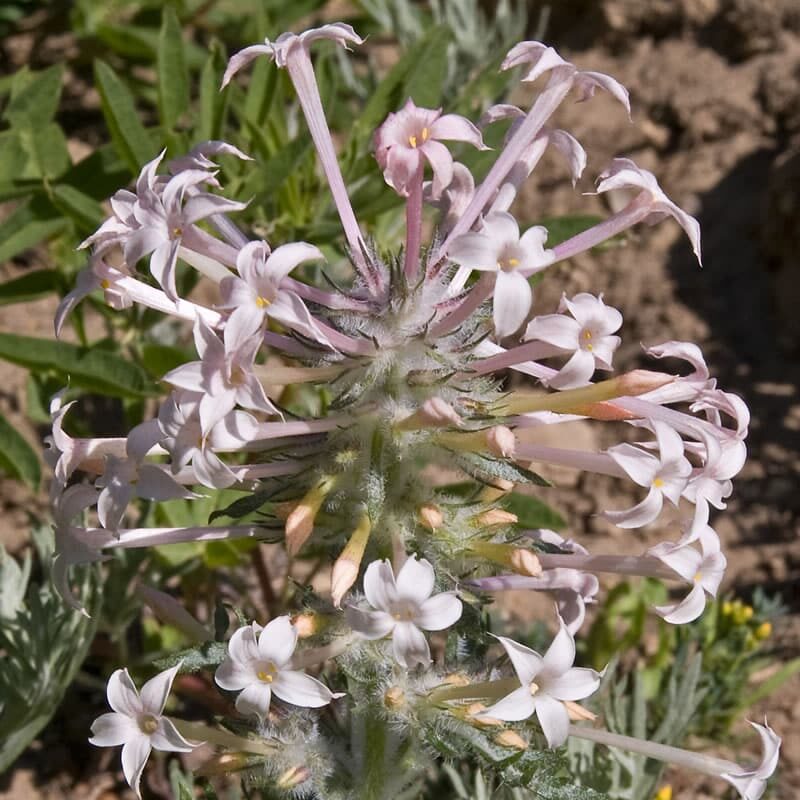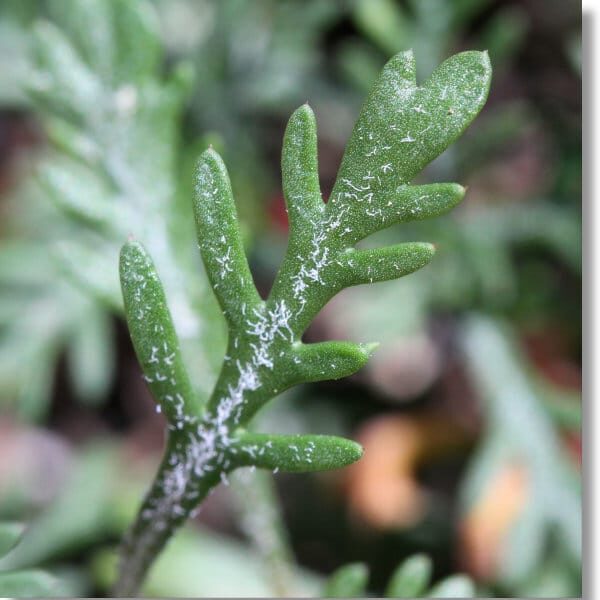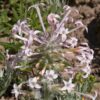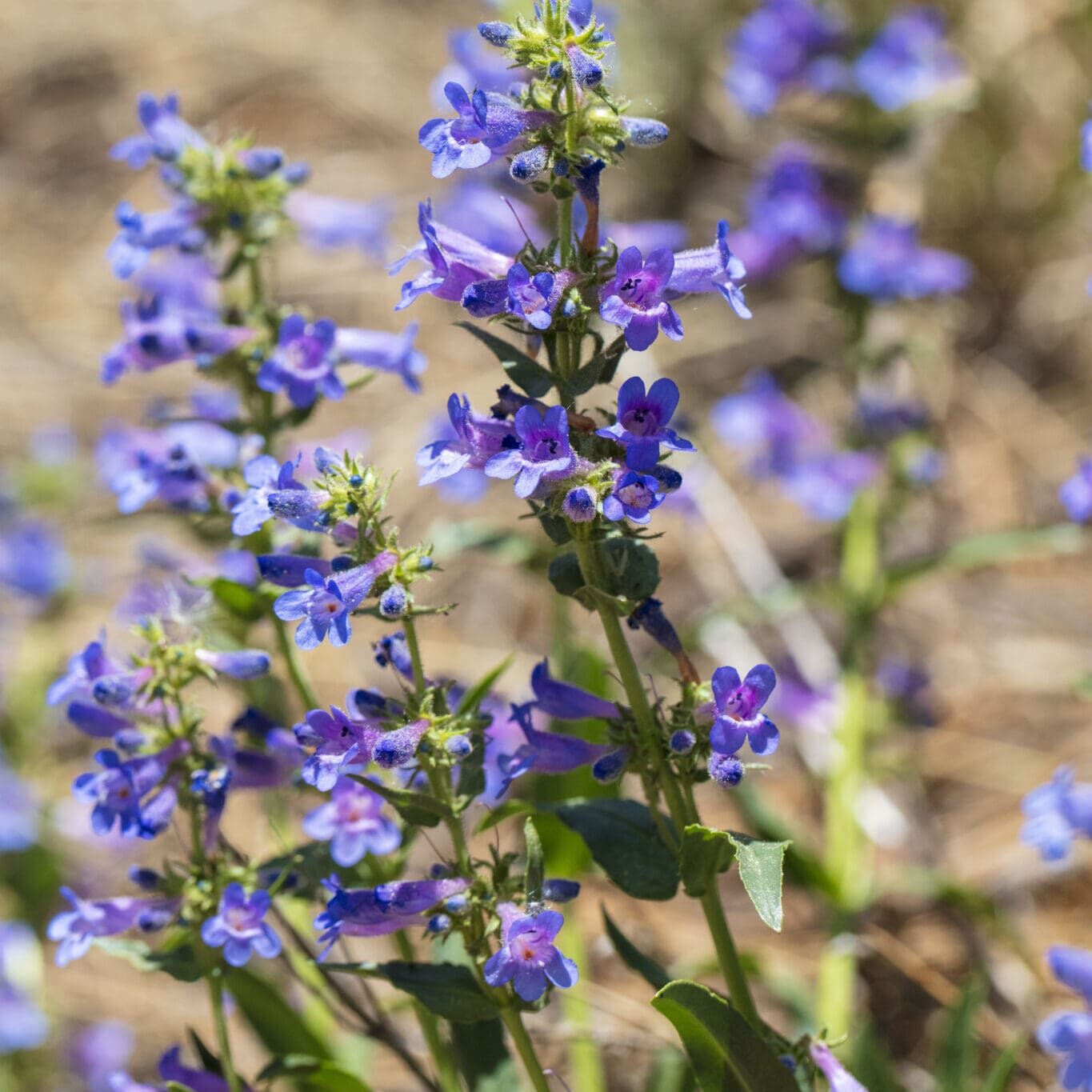Min. to Max. Annual Precipitation
36in.
Average Max. Height
Scarlet Gilia (Ipomopsis aggregata) aslo known as skyrocket or trumpet gilia is a striking wildflower native to western North American. It is well-adapted to various environments, including dry, rocky soils, mountain slopes, and open woodlands
General Description:
Scarlet Gilia (Ipomopsis aggregata) aslo known as skyrocket or trumpet gilia is a striking wildflower native to western North American. It is well-adapted to various environments, including dry, rocky soils, mountain slopes, and open woodlands. Scarlet Gilia is a biennial or short-lived perennial. It produces a basal rosette of leaves in the first year and in the second year it flowers and sets seed. The flowers on Scarlet Gilia is known for its bright red, trumpet-shaped flowers, which are tubular and flare at the opening. Sometimes these flowers can be pink or white variations. Ipompsis aggretata typically grows 1-3 feet tall, with slender, and upright stems. The leaves are feathery or fern-like, with fine, divided leaves near the base of the plant.
Uses:
Common uses are erosion control, wildlife habitat and a good pollinator supporter. Also used in wildflower gardens because of its beauty.
Planting Conditions:
Ipomopsis aggregata is commonly found at elevations from 3,000-10,000 feet and thrives in well-drained soils including sandy or rocky terrains that reflect native habitats in western North America. It is drought tolerant and often grows in areas with full sun or partial shade. Does best in neutral soils ranging from pH 6.5-8.0. Scarlet Gilia tolerates a wide range of temperatures but prefers cooler nighttime temperatures. It is best to plant in early spring after the risk of frost or in late fall for natural stratification. Seeds do benefit from cold stratification for 30-60 days to improve germination rates.
Scarlet Gilia does require at least 10 inches of annual precipitation to grow well. While it is drought tolerant, it benefits from seasonal moisture, particularly during its germination and flowering periods typically in the spring and early summer.
Establishment:
When preparing to plant clear planting area of weeds and debris. Loosen the soil to improve drainage and aeration. Broadcast the seeds on the soil surface and lightly press the seeds into the soil but do not cover them. They need light to germinate.
A late fall planting, make sure night temperatures are freezing and day temperatures are around 50 degrees to ensure soil temperatures are cold enough to prevent germination. By planting in the fall seed does benefit from going through a cold stratification but it is not needed.
A early spring planting wait until last frost.
Seeding Rate:
About 3 pounds per acre
Quick Plant Facts
| Scientific Name: | |
|---|---|
| Growth Height: | 1-3 feet |
| Broadcast Rate: | 3 lbs per acre |
| Max Sowing Depth | 1/8 to 1/4 inch |
| Elevation | 3,000 to 10,000 ft |
| pH Tolerance: | |
| Min. Precipitation: | 10 inches |
| Best Sowing Time: | Early Spring or Late Fall |
| Lifespan: | Biennial |
| Sun & Shade Tolerance: | Full Sun can tolerate some shade |











